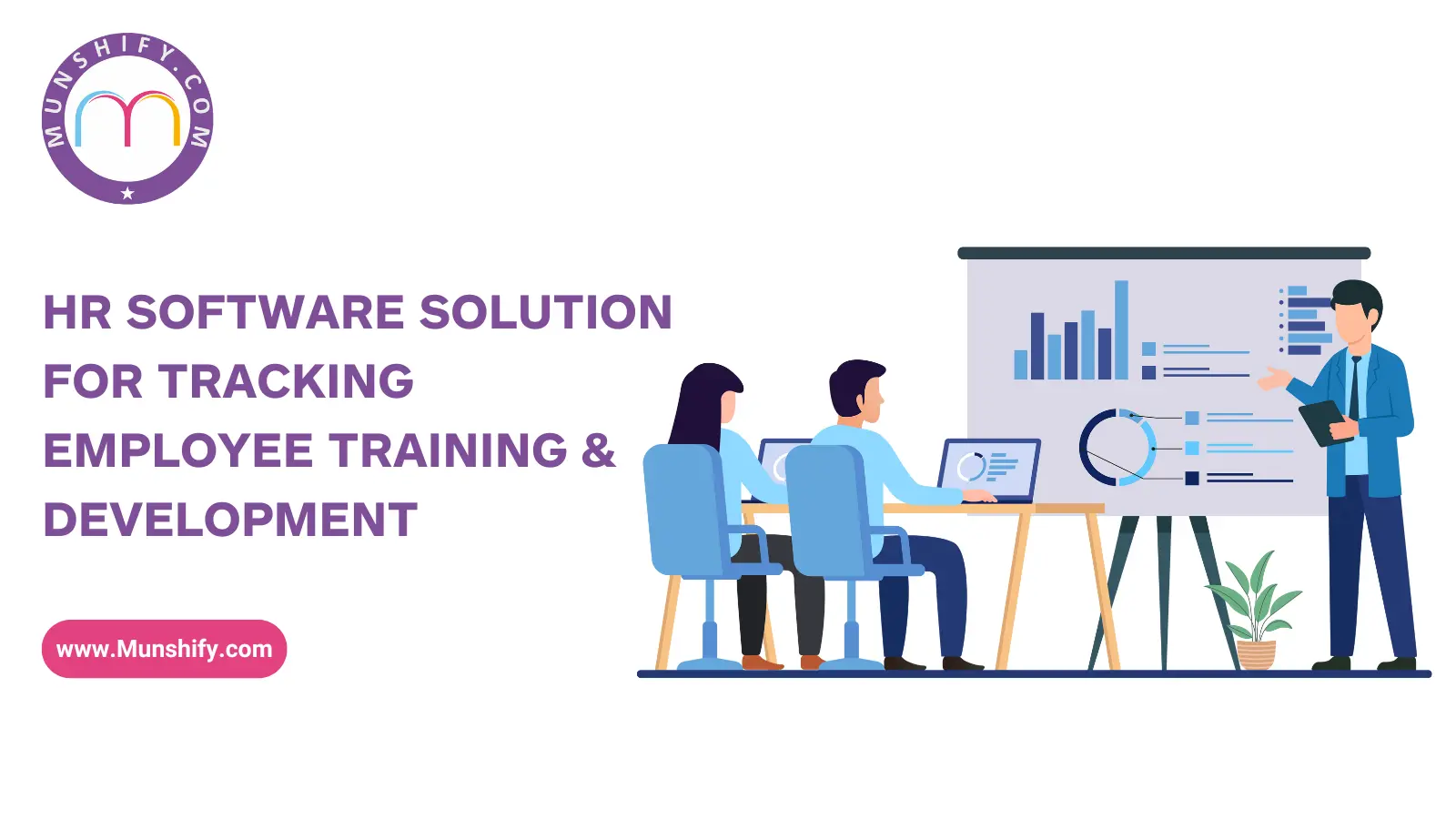In the dynamic world of business, the continuous development of employees is paramount. Organizations strive to ensure that their workforce remains skilled, knowledgeable, and adaptable. The role of an HR software solution in this endeavor cannot be overstated. By offering a systematic approach to tracking employee training and development plans, these software solutions facilitate effective management and growth of human resources.
Table of Contents
1. The Importance of Tracking Employee Training
2. Key Features of HR Software Solutions
3. Benefits of Using HR Software for Training and Development
4. Implementing an HR Software Solution
The Importance of Tracking Employee Training
Employee training and development are crucial for maintaining a competitive edge. Properly tracking these activities helps organizations align their workforce with strategic goals. When training and development plans are effectively monitored, organizations can:
1. Identify Skills Gaps: Regular tracking helps in identifying areas where employees may need additional training.
2. Measure Training Effectiveness: Assessing the impact of training programs ensures that they meet the intended objectives.
3. Plan Future Training Needs: Insights gained from tracking allow for better planning and allocation of resources for future training.
Key Features of HR Software Solutions
An HR software solution designed for tracking employee training and development should include several key features:
1. Training Module Integration: A comprehensive HR software solution integrates seamlessly with training modules. This feature allows organizations to schedule, track, and manage training sessions efficiently.
2. Progress Tracking: Monitoring employee progress through customizable dashboards ensures that managers have real-time insights into training activities. Progress tracking helps in evaluating employee performance and development.
3. Automated Reminders: Automated reminders for upcoming training sessions and deadlines ensure that employees stay on track with their development plans. This feature helps in reducing manual follow-ups and administrative burdens.
4. Reporting and Analytics: Advanced reporting and analytics capabilities provide valuable insights into training effectiveness. Detailed reports help in assessing the impact of training programs and making data-driven decisions for future initiatives.
5. Compliance Management: An HR software solution often includes compliance management features to ensure that training programs meet industry standards and regulatory requirements. This ensures that employees receive the necessary training to maintain compliance.
Benefits of Using HR Software for Training and Development
Implementing an HR software solution for tracking employee training and development offers several benefits:
1. Enhanced Efficiency: Automating training management processes reduces administrative workload and enhances overall efficiency. Employees and managers can focus on core responsibilities rather than manual tracking.
2. Improved Employee Engagement: With clear visibility into training and development opportunities, employees are more likely to engage in their growth journey. This leads to higher job satisfaction and retention rates.
Learn about Employee Performance Management
3. Data-Driven Decisions: Access to comprehensive data and analytics enables organizations to make informed decisions about training investments. This helps in optimizing training programs and achieving better results.
4. Scalability: HR software solutions are scalable and can adapt to the growing needs of an organization. As businesses expand, the software can accommodate increased training requirements without additional overhead.
5. Cost Savings: By streamlining training management, organizations can achieve cost savings. Reduced administrative overhead and improved training outcomes contribute to a more cost-effective training strategy.
Implementing an HR Software Solution
Successful implementation of an HR software solution involves several key steps:
1. Assess Organizational Needs: Evaluate the specific training and development needs of your organization. Understanding these requirements will guide the selection and customization of the HR software solution.
2. Choose the Right Software: Select an HR software solution that aligns with your organization’s needs and objectives. Consider factors such as features, scalability, and integration capabilities.
3. Train Staff: Ensure that staff members are adequately trained on using the new HR software. Effective training helps in maximizing the software’s benefits and ensuring smooth adoption.
4. Monitor and Evaluate: Regularly monitor the software’s performance and gather feedback from users. Continuous evaluation helps in identifying areas for improvement and optimizing the software for better results.
5. Update and Maintain: Keep the HR software solution updated with the latest features and enhancements. Regular maintenance ensures that the software remains effective and aligned with organizational needs.
An HR software solution for tracking employee training and development is a powerful tool for modern organizations. By offering features that streamline training management, provide valuable insights, and enhance overall efficiency, these solutions play a crucial role in fostering employee growth and organizational success. Implementing the right HR software can lead to significant benefits, including improved efficiency, enhanced engagement, and cost savings. As organizations continue to evolve, leveraging advanced HR software will remain a key factor in achieving sustained growth and development.
Experience Munshify HRMS in action—request your demo now and unlock the future of HR management!


